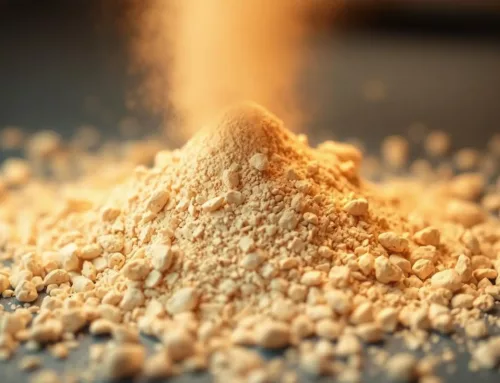Pneumatic Conveying is the act of transporting solid particles through pipelines, using a gas (often compressed air) as the carrying medium. When designing a pneumatic conveying system, there are several considerations that should made. One such consideration is if the system should be used for dilute phase or dense phase conveying. Dilute phase conveying systems use high air velocities (15 – 40 m/s) and relatively low solid loading ratios to suspend the conveyed material in the air stream. On the other hand, you have dense phase conveying which utilizes low air velocities (< 15 m/s) and relatively high solid loading ratios to effectively push the material through the pipeline. Dilute phase conveying is the most utilized of the two conveying systems, as the material gets conveyed at a higher speed than when it gets conveyed using dense phase conveying. However, going fast is not always the best option. the pipeline. The large amount of force exerted on the particles will often lead to fragmentation and chipping of the particles. This is especially the case with more friable materials, such as lignin. When comparing the wear of lignin between comparable dilute phase and dense phase conveying systems, it was observed that approx 31% of the lignin introduced into the dilute phase conveying system had a reduced particle size. In the case of the dense phase conveying system this percentage was just 16%. For some industries this might not be a relevant problem, but it is important to keep in mind that the fastest option is not always the best option.
Figure 1: Dense phase conveying of lignin
Figure 2: Dilute phase conveying lignin
Figure 3 Dilute phase conveying lignin
Conveying systems often have bends and when the material is conveyed at high speeds through those bends, the material will often impact the wall of







